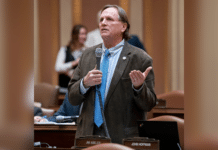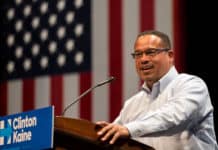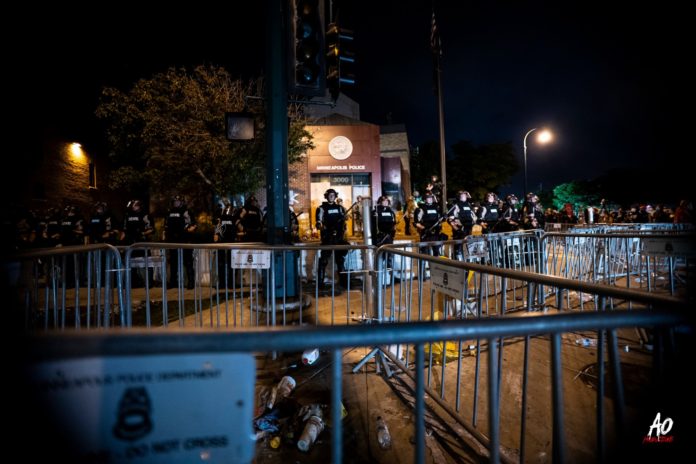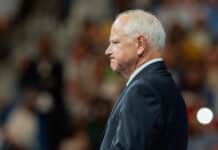The big question following a third night of rioting and looting in Minneapolis is where was the Minnesota National Guard? After all, media reports all day Thursday trumpeted news that Minneapolis Mayor Jacob Frey had asked Gov. Tim Walz to mobilize the guard in support of the beleaguered city.
Minnesota National Guard Major Gen. Jon A. Jensen cleared up the confusion at a tense Friday news conference with the astounding revelation that his unit had assembled from around the state for deployment but was never given its mission, by Frey or city authorities.
“As we met as a senior team yesterday afternoon, the one topic that continued to be discussed was the lack of clarity and the lack of a mission and a description of what exactly the National Guard needed to do,” Jensen said at the media briefing. “…We never got such a mission assignment. We never got such mission description.”
At the same time, it was common knowledge on the street that some agitators had targeted the Third Precinct police station for attack. An unusually aggressive group of reporters pressed Gov. Walz on why he failed to apply pressure on the indecisive Minneapolis mayor to get the guard out to prevent the station from being overrun and torched.
“There was an almost complete lack of visibility of local police, state police, national guard, after much fanfare about how the national guard was coming in,” KSTP-TV reporter Tom Hauser said. “People watched buildings burn, public and private. How could there not have been a clear mission for the national guard when they were called in and you knew things were going to happen last night?”
Walz acknowledged that his advisers discussed the option of sending in the guard on Thursday, but deferred to local authorities with full knowledge the Third Precinct police station was vulnerable.
“There was a decision during the day, whether, do you occupy the entire city and shut it down after those 24 hours? In retrospect I’m assuming that yes, we would say that,” Walz told reporters. “But at the time, and again we’ll not know it as proving the negative, would it have simply started that movement faster and would we have seen it move out of the third precinct? But yeah certainly it’s a valid critique and point.”
Not until after the Third Precinct station was abandoned and burning did Frey finally make the call to Walz around midnight Thursday.
“The mayor of Minneapolis called and said they had no more resources and they were not able to meet the public safety needs and control the behaviors that were occurring on Lake Street,” said Department of Public Safety Director John Harrington. “They had lost the Third Precinct and there were concerns about a gas main and there were concerns about continued looting and fires burning throughout the city of Minneapolis.”
Walz said he didn’t believe the Third Precinct station should be given up, but it was too late. By the time the guard secured the Third Precinct at 3:40 a.m. all that was left was an ash heap.
“I will assume responsibility,” Walz said. “I, if the issue was the state should’ve moved faster, yeah that is on me.”


















